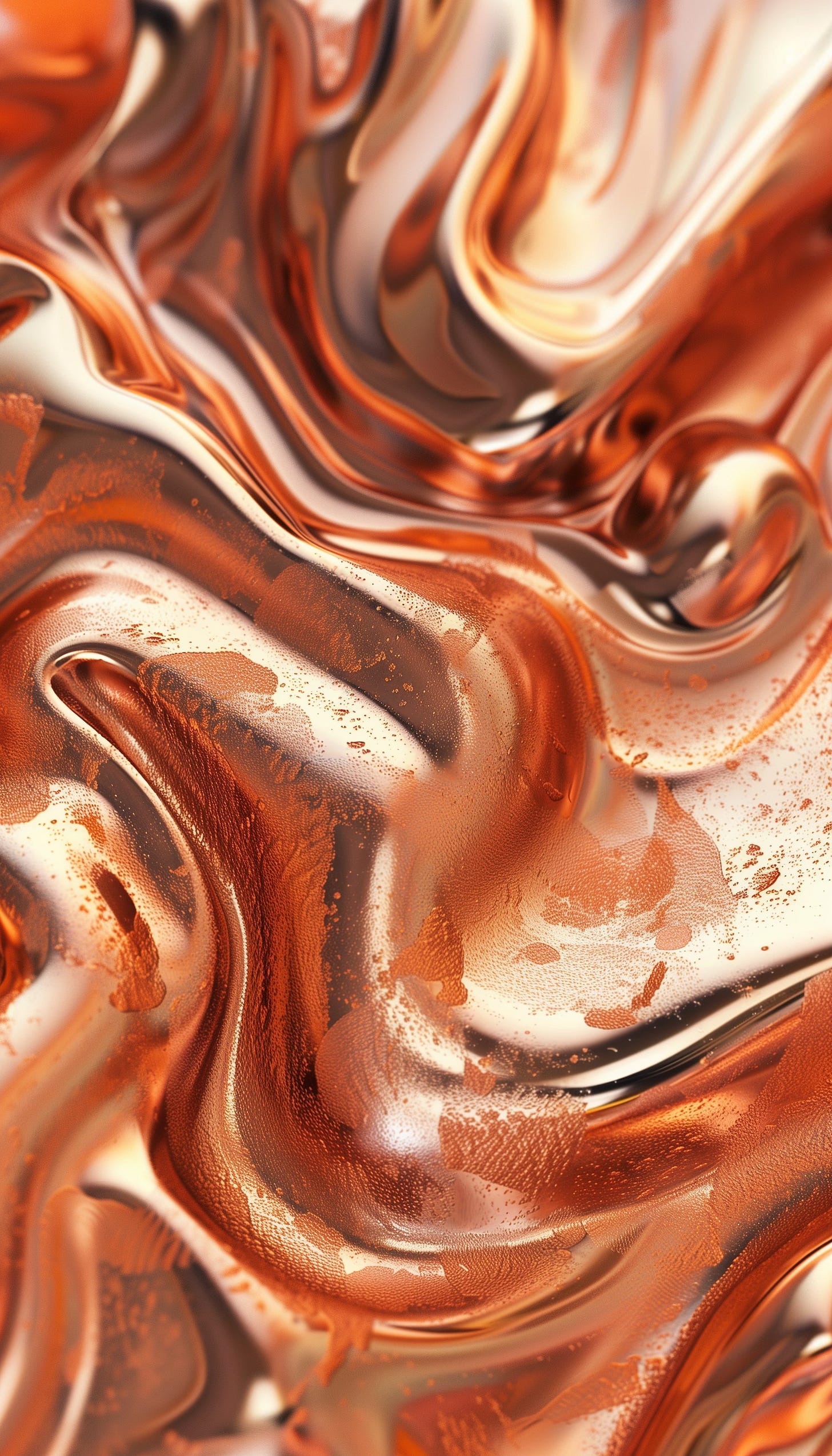Copper is a trace mineral that has been valued for thousands of years, not only for its role in human health but also for its cultural, historical, and economic significance. As a micronutrient, copper is essential for various bodily functions, while also playing a role in traditional and homeopathic remedies. From ancient currency to modern medicine, copper has a rich history that continues to influence our lives today.
The Health Benefits of Copper
Micronutrient Essential for Health: Copper is vital for the formation of red blood cells, the absorption of iron, and the maintenance of nerve cells and the immune system. It also supports the production of collagen, a protein that helps keep skin and bones healthy.
Antimicrobial Properties: Copper has been recognized for its antimicrobial properties, which is why it's used in medical equipment, water pipes, and even as a surface coating in hospitals to prevent the spread of infections. Historically, copper vessels were used to store water and prevent contamination, a practice that continues in some cultures today.
Homeopathic Uses: Copper has been used in various homeopathic remedies for centuries, often in the form of copper bracelets or copper-infused balms to help relieve pain and inflammation, especially for conditions like arthritis. The belief in copper's healing properties is deeply rooted in cultural practices around the world.
Cultural and Historical Significance: Copper was one of the first metals used by humans, not only as a material for tools and jewelry but also as a form of currency. Ancient civilizations, such as the Egyptians and Mesopotamians, valued copper coins for their durability and antimicrobial properties. In the United States, pennies were originally composed primarily of copper. Before 1982, U.S. pennies were made of 95% copper and 5% zinc. However, since 1982, pennies have been made mostly of zinc (97.5%) with only a thin copper coating (2.5%). While modern pennies contain less copper, their history reflects the lasting value and utility of this important metal.
Environmental Impact: The Copper Basin in Tennessee is an area known for its high levels of copper in the river, which has created a unique, albeit sterile, environment. The elevated copper levels make the river inhospitable to most organisms, demonstrating the potent effects of copper on living systems. This highlights the importance of balanced copper levels in both the environment and our bodies.
Copper Wire: The Backbone of Modern Technology: Beyond its biological and historical significance, copper plays a crucial role in modern technology. Copper wire is the backbone of electrical and telecommunications systems, known for its excellent conductivity and durability. Its ability to efficiently conduct electricity has made it indispensable in wiring homes, buildings, and electronic devices. This modern usage of copper highlights its continued importance, connecting our past to our present through the unseen networks that power our daily lives.
Copper-Rich Food Sources
Since our bodies can't produce copper, it’s important to include copper-rich foods in our diet. Some of the best sources include:
Shellfish: Oysters, crab, and lobster are rich in copper.
Seeds and Nuts: Sunflower seeds, cashews, and almonds are excellent sources.
Dark Chocolate: High-quality dark chocolate is not only a delicious treat but also a good source of copper.
Leafy Greens: Spinach and kale provide a healthy dose of this essential mineral.
Liver: Beef and lamb liver are among the most concentrated sources of copper.
Copper-Rich Dessert Recipe: Dark Chocolate Almond Bark
To help you incorporate more copper into your diet, here’s a simple recipe for a copper-rich dessert.
Ingredients:
200g high-quality dark chocolate (at least 70% cocoa)
1/2 cup raw almonds
1/4 cup sunflower seeds
1/4 teaspoon sea salt
1 tablespoon honey (optional)
Instructions:
Melt the dark chocolate in a double boiler or microwave, stirring until smooth.
Stir in the almonds and sunflower seeds until evenly coated.
Pour the mixture onto a parchment-lined baking sheet, spreading it out evenly.
Sprinkle with sea salt and drizzle with honey if desired.
Allow the chocolate to set in the refrigerator for about 30 minutes.
Once hardened, break into pieces and enjoy this copper-rich treat!
Copper is more than just a micronutrient; it's a mineral with a storied past and a vital role in our health. From its antimicrobial properties to its use in traditional remedies and its historical significance, copper continues to be an important part of our lives. By including copper-rich foods in our diet and understanding the balance needed in our environment, we can harness the benefits of this ancient and essential element.








